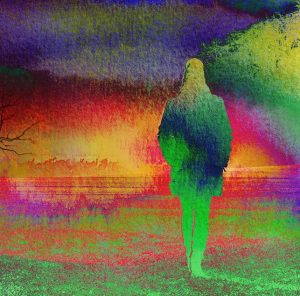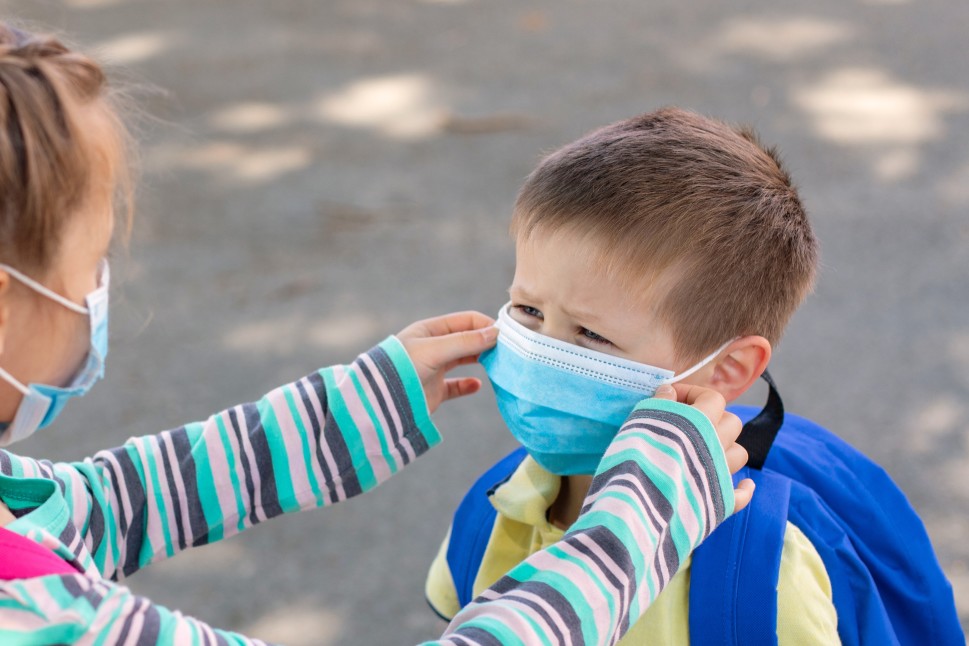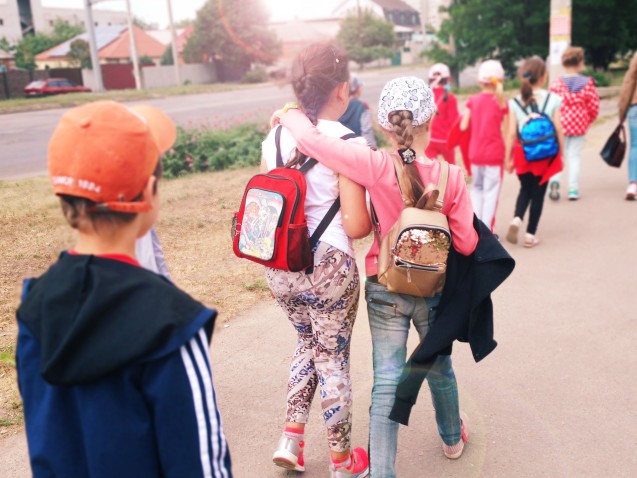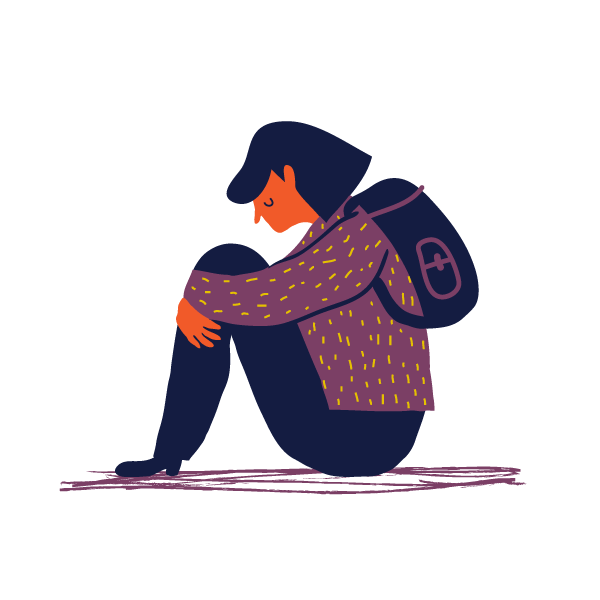Debate on LGBT Rights Contributed to Homophobic Bullying
 Scientists have uncovered new evidence that heated political discourse over proposed laws involving marginalized groups, such as debates about the rights of LGBT people, can contribute to an increase in bullying linked to students’ identity in schools. It is the largest study to date to examine the link.
Scientists have uncovered new evidence that heated political discourse over proposed laws involving marginalized groups, such as debates about the rights of LGBT people, can contribute to an increase in bullying linked to students’ identity in schools. It is the largest study to date to examine the link.
In the new study in the journal Pediatrics, scientists at the Columbia Mailman School, the University of Texas at Austin, and Texas State University found that in the run-up to a statewide voter referendum to ban gay marriage in California, young people reported significantly more homophobic bullying. In fact, homophobic bullying peaked that school year and declined after the public debate about the initiative in question, Proposition 8, subsided.
Researchers say the study provides empirical evidence that public debates about policies and laws involving marginalized groups can lead bullies to target young people identified as being part of those groups. “Public votes and voter referendums on the rights of minority groups occur in approximately half of U.S. states,” pointed out Mark Hatzenbuehler, the first author of the paper and an associate professor of sociomedical sciences and sociology at Columbia University.
The study looked at yearly survey data from nearly 5 million middle and high school students in more than 5,000 schools in California from 2001 to 2015 and whether those students experienced homophobic bullying.
Between the 2001-02 school year and the 2008-09 school year, during which the Proposition 8 vote took place, the rate of homophobic bullying increased 30 percent—even as trends in other types of bullying related to race or ethnicity, religion, and gender declined. Homophobic bullying peaked that year, with 10.8 percent of students reporting they experienced bullying, but the rate steadily decreased every year after. Russell pointed out that the rate of homophobic bullying was higher even than the estimated population of LGBT students.
“The data are telling us that straight kids are getting bullied for this, too,” Russell said. “It’s all about what the bullies perceive.”
The team also examined whether campuses with a Gay Straight Alliance (GSA) club experienced a protective effect against homophobic bullying. They found rates of homophobic bullying, in fact, were lower on campuses with these clubs during the 2008-09 school year: Homophobic bullying was below 10 percent on campuses with GSA organizations and nearly 13 percent on campuses without a GSA.
The negative impacts of bullying and bias on mental health are well established, but what is not well known is what factors in the culture and society contribute to bullying. Because the paper shows public discourse can play a role, the findings could have implications for discussions of other policy issues that focus on marginalized or minority groups.
Excerpted from “Debate on LGBT Rights Contributed to Homophobic Bullying,” a news article from the Columbia University Mailman School of Public Health. Read the full article.
Source: Columbia University, Mailman School of Public Health | Debate on LGBT Rights Contributed to Homophobic Bullying, https://www.mailman.columbia.edu/public-health-now/news/debate-lgbt-rights-contributed-homophobic-bullying | © 2019 Columbia University. Last reviewed November 2022.
Do you need someone to talk to? CHC can help. We invite you to call or email our Care Coordinators at 650.688.3625 or careteam@chconline.org to set up a free 30-minute consultation.





